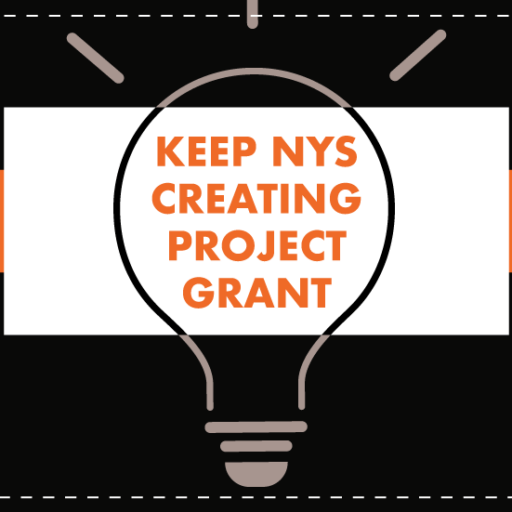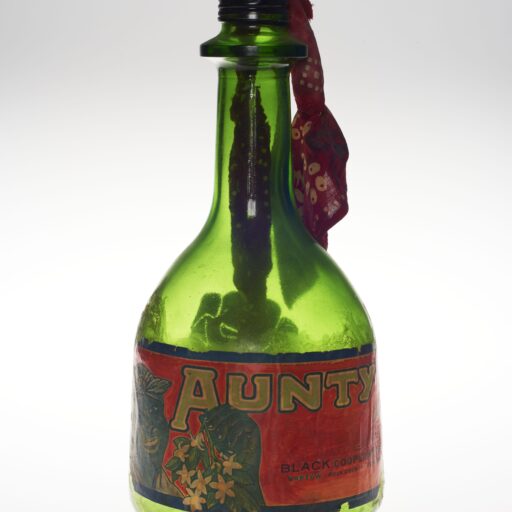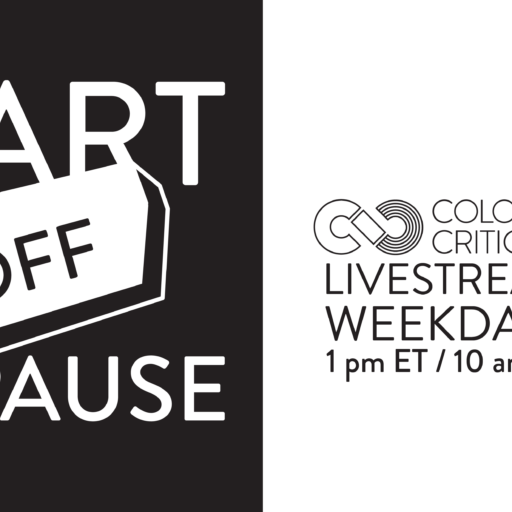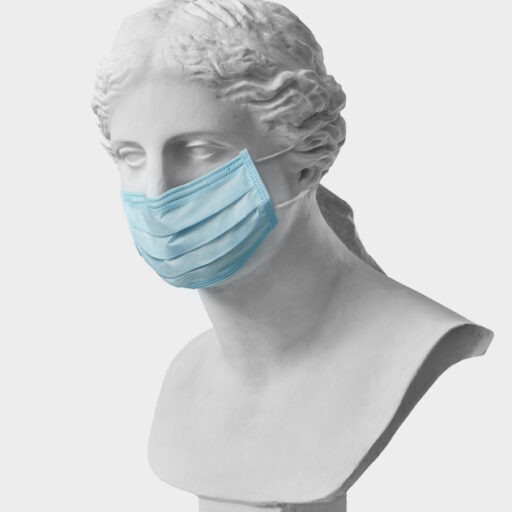As an extension of its ongoing support of artists who have been impacted by the COVID-19 pandemic, the New York State Council on the Arts (NYSCA) announced today that it has awarded $42,000 to 42 artists statewide through the new “Keep NYS Creating” grant program in partnership with the New York Foundation for the Arts (NYFA). These $1,000 grants are supported by National Endowment for the Arts funding through the CARES Act and will help artists continue their indispensable work within their communities throughout New York.
Among the Keep NYS Creating recipients is Tiffany Bradley of Westchester, who will create #ArtOffPause, a digital conversation in which artists, curators, and scholars explore how the COVID and structural racism crises are shaping their practice. The series features arts workers with a social practice or public engagement process, with an emphasis on those from LGBTQ and communities of color.
“Communities of color are at the center of the COVID crisis yet remain at the periphery of the art world,” said Bradley. “This pandemic has been a force multiplier on existing financial, health, and housing disparities for people of color in the United States. But it can also be a catalyst for change. During this social rupture, artists need space for advocacy, imagination, and reflection. This is the most important critical work we can do right now.”





